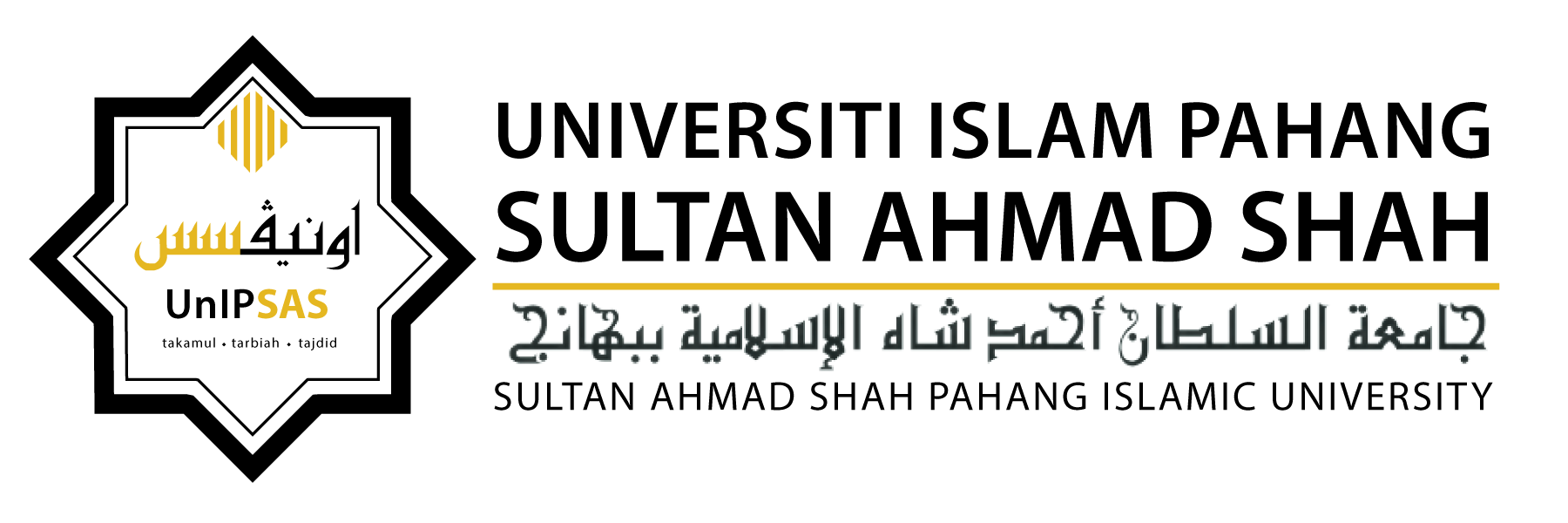KEBOLEHGUNAAN APLIKASI JAWLAH TIKTOK DALAM AKTIVITI PEMBELAJARAN DAN PEMUDAHCARAAN HURUF MUTAMATHILAH DALAM KALANGAN MURID SEKOLAH RENDAH
DOI:
https://doi.org/10.64398/alsirat.v24i1.323Keywords:
Usability, Evaluation Phase, Tiktok Answers, Mutamathilah Letters, USE QuestionnaireAbstract
This study aims to evaluate the usability of the Jawlah Tiktok application.
Jawlah Tiktok is an application resembling an alternative teaching aid (BBM)
for non-native students during the learning and facilitation activities (PdPc)
of elementary school students. The data shows that students face the problem
of mastering the pronunciation of mutamathilah letters well because these
letters have the same voice articulation area and letter properties. Therefore,
this study was developed as an effective medium in PdPc activities of
mutamathilah letters. This study uses the ADDIE Instructional Model with five
phases. The evaluation phase is the fifth phase and is an important phase in
the study of technology-based BBM development. There are various methods
that can be used in this phase that are compatible with the objectives of the
study. The researcher chooses an expert evaluation method that involves a
group of experts in the field. This usability evaluation process was carried out
by seven experts in the field. The USE questionnaire was analyzed using the
Percentage Calculation Method (PCM). The results of the study show the
usability of Jawlah Tiktok from the aspects of usefulness, ease of use, ease of
learning and satisfaction. This study will also provide new ideas, guidance
and information to primary school Arabic teachers to apply this BBM in the
classroom, especially for teaching mutamathilah letters.
Downloads
Published
How to Cite
Issue
Section
License

This work is licensed under a Creative Commons Attribution-NonCommercial 4.0 International License.






